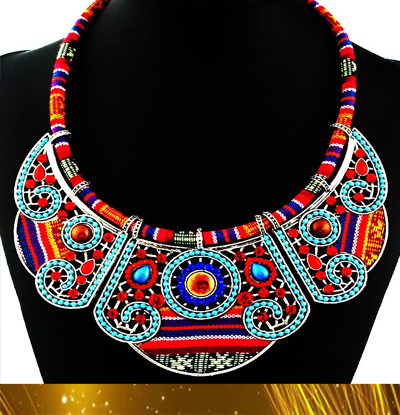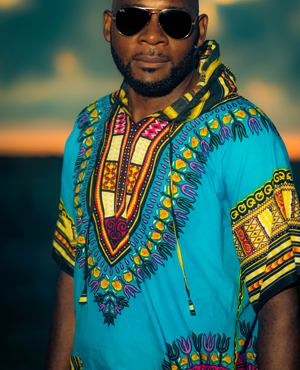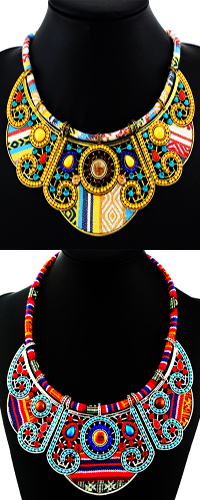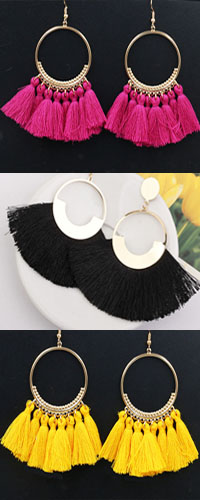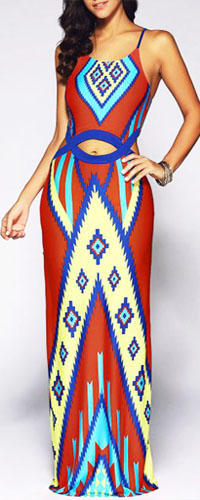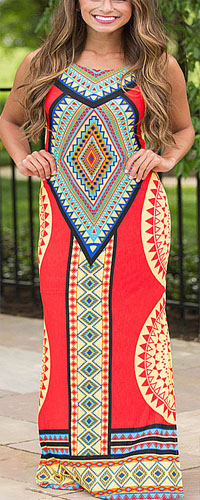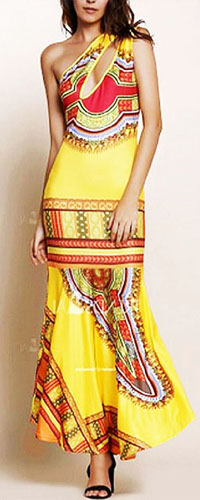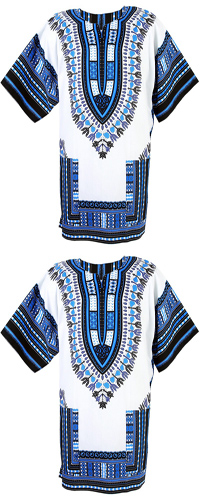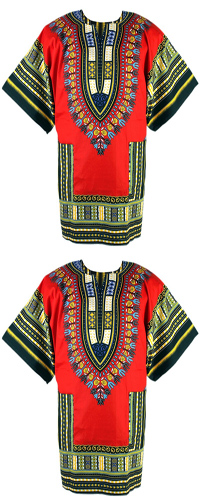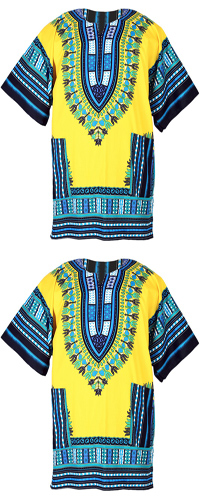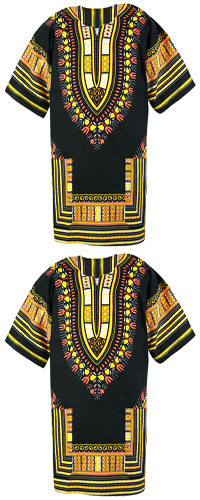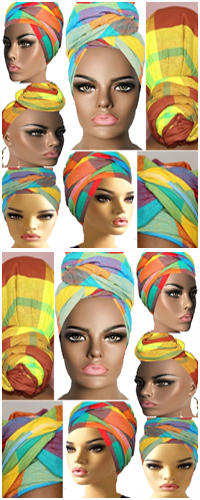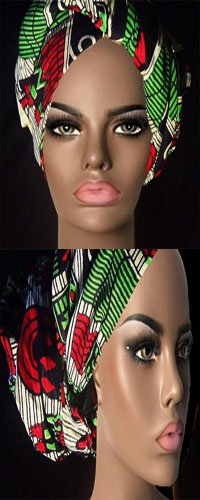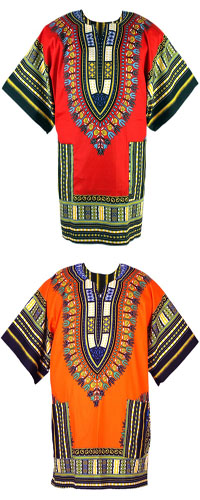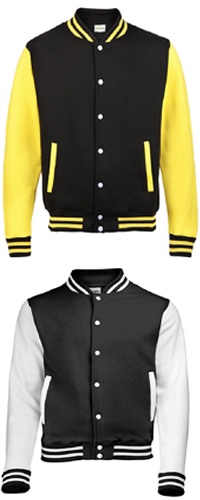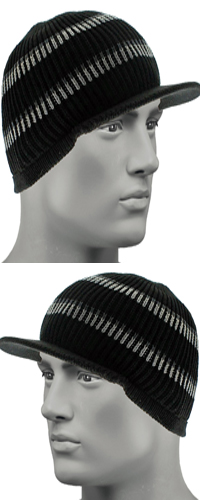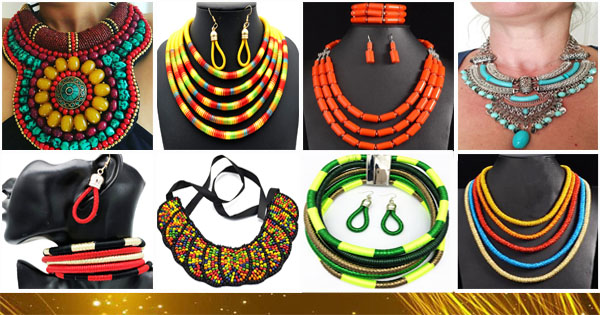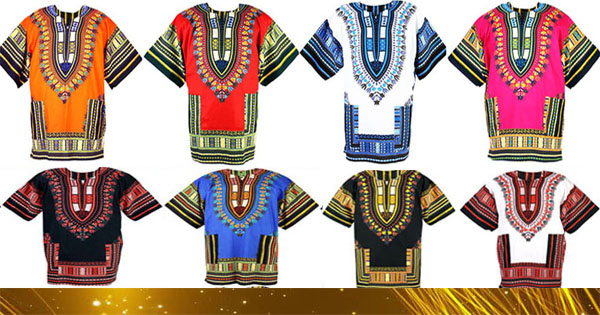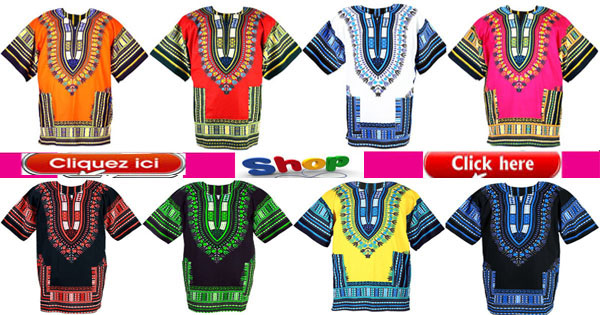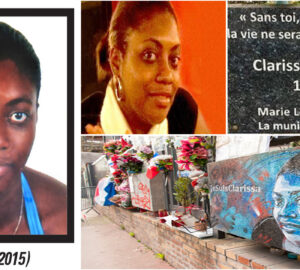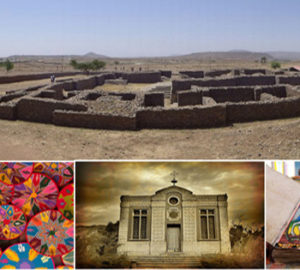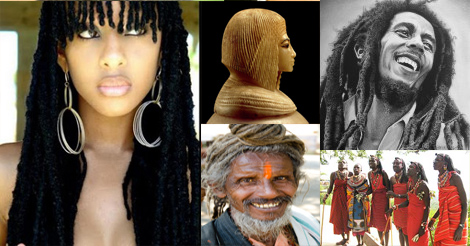
In history, dreadlocks are an ancestral hairstyle inescapable. It is discovered in Egypt, Asia, Africa in different peoples, in the Rastafarian movement in Jamaica, and in the Greek, Celtic, Vikings, and Mexican peoples.
Dreadlocks: a beautiful ancestral hairstyle
Dreadlocks are strands of hair that tangle and form alone if the hair grows naturally. Indeed, once the hair is not cut or brushed, it grows naturally, and begins to twist. The tangled hair thus forms dreadlocks. Nicknamed “dreads”, “Jata” in Hindi, “locks”, “rasta”, dreadlocks have become a must-have hairstyle.
Origins and inspiration of dreadlocks in history
- In Ancient Egypt
First traces of dreadlocks date back to ancient Egypt. Indeed, members of the Egyptian royal family and high political dignitaries wore this kind of hairstyle, either in the natural or in the form of a wig. Dreadlocks are found on mummies of ancient Egyptians, wigs, statues and various objects.
- In Asia
They are also very present in Indian culture with Vedism (Indian belief) and Sadhu. In Asia, especially in China and India, dreadlocks were reserved for members of the noble society and the ascetics. For example, in India, dreadlocks are (almost) exclusively reserved for people of faith, and shamans of many ethnic groups. Their hair forms a religious ritual and an expression of their belief. Wearing dreadlocks is supposed to bring good health and express a domestic freedom and their attachment to the land …
- In Mexico
Moreover, in the Mexican culture in the 4th and 7th century, the priests of the Aztec civilization also had dreadlocks. William Hickling Prescott described that he was received by six priests, whose long, tangled curls floated without order over their dress.
- In Europe (Germanic, Viking, Greek, Celtic)
We also find this capillary style also among the Germanic peoples, the Vikings, the Greeks or the Celts. According to the Roman accountants, the Celts also wore dreadlocks, describing them as people with “hair like snakes.” According to a myth, the Vikings believed in a fairy who would tie their hair at night, and prohibiting themselves Then to comb them for fear of attracting misfortune!
- In Africa
Many peoples in Africa (male or female), such as the Akan, Bantus, Masai, Peul, Soninké, Okomfo (in Ghana), the Bono tribes, Oromo, Galla, the Coptic priests of Ethiopia “Bahatowie” wore dreadlocks. For them, the locks had a strong racial or spiritual meaning. For others, this hairstyle is a symbol of pride and ethnic glory by refusing values foreign to the African people. The frizzy hair of these peoples made it easier to make locks that are formed in a natural way or by manipulation.
For example, at the Wolofs, locks were worn by the kings and the warrior class of the Tiedos. In Senegal, Baye Fall (disciples of Mouridism, a brotherhood of indigenous Islam in the country that was founded in 1887 by Ahmadou Bamba), displays dreadlocks “ndiange” and multicolored togas. In the Masai, locks are started from braids.
- In the Bible “the Holy Scriptures”
The Bible regularly refers to dreadlocks, notably by John the Baptist and especially by Samson who wore seven and lost his legendary force when cut. The Nazarites of Judaism, the Devriches, Solomon Solomon’s soldiers and Christianity monks also donned this style of hairstyle.
- In Jamaica with the Rastafari movement
Associated closely with the Rastafari movement “rasta”, the wearing of dreadlocks is a symbol of inner spirituality and deep religious beliefs. It has however various meanings and theories.
First, the word dread in the movement refers to a fear of God (dread of God) and holy scripture. The Holy Scriptures have many more or less explicit references concerning the Hair. Comply with the principles enumerated in or in the Numbers (“You shall not cut the corners of your hair round, nor shave the corners of your beard.” (Leviticus 19-27) The priests will not tonsure on their heads, nor shave And they shall not make an incision in their flesh “(Leviticus 21: 5).” During all the time of his nazirite, the razor shall not pass over his head, until the days for which He has dedicated himself to the Lord, he will be holy, he will let his hair grow freely “(Numbers 6-5).)
Rastas wear dreadlocks and do not shave their hair or beard. In their beliefs, they refer to the lion of Judah that figured in the center of the Ethiopian flag. For them, it is an emblematic animal of Ethiopia, a symbol of courage and strength. They are also attached to Haile Selassie, the First Emperor of Ethiopia, who is for them a descendant of King Solomon and the Queen of Sheba. The Ethiopian warriors “Ethiopian Warriors” by Leonard Howell let themselves grow their hair to create a scary effect against the enemy.
It is very important for “Natty Dreads”:
To maintain an elective relationship with Africa.
_The descendants of the victims of slavery need to reclaim their history and the pride of being black men, to see in Africa the original land, that of the ancestors from which they had been dispossessed.
Marcus Garvey’s “BACK TO AFRICA” movement, the sermons of Leonard percival Howell, and the Emperor Haile Selassie have a strong impact on the Rasta community. Proud of their African origins, the return to Africa of Marcus Garvey sounds clearly in their minds with values of freedom in the face of suffering, peace and hope.
_ Haile Selassie showed his gratitude by making a memorable trip to Jamaica in 1966, in which, in a speech, he exclaimed:
“Do not return to Africa until you have liberated all the oppressed Jamaicans in their country. “
In addition, Haile Selassie decides to offer lands in Ethiopia called “Shashamane” to all members of the black diaspora who wish to return to Africa through the Ethiopian World Federation (EWF). He took this opportunity to thank warmly the black Americans and the Caribbean. The land known as “Shashamane” has thus become for some Rastas the symbol of repatriation in Africa.
We see in the Rastafari culture, the duality between Nature / Culture and Zion and Babylon. For the rastas, combing or straightening the hair meant that one was left stamped with the seal of Western civilization.
A second meaning comes close to the dreadlocked militants fears the “Mau Mau. The Mau Mau are a rebel group, led by Jomo Kenyatta, who fiercely opposed British colonialism in Kenya in the 1940s. These fighters wore dreads symbolizing fear for the settlers who saw them. More exactly, the dreads are terrible, horrible for the Babylonians, but magnificent and symbolic among the rastas. It is a symbol of clear rebellion in the face of growing imperialism.
Others think that dreadlocks appeared in Jamaica with the immigrant Indians, who had locks reaching sometimes three meters long! Joseph Nathaniel Hibbert (from the Rastafari movement) explained that there was a small group of rastas called “Jatavi” in the mid-1930s who had dreads.
With the growing popularity of reggae with singer Bob Marley, Dreadlocks have become a real phenomenon and will forever be a timeless hairstyle.
- Among nationalists and alterglobalists
Some nationalists or Pan-Africanisms carry the locks, which are a means of manifesting their opinion, unity and refusal in the face of racist oppression. It becomes a political declaration or even manifestation of different ethnic pride.
In the West, with the rise of reggae, many alterglobalist groups or ecological activists sport this kind of hairstyle.
Evolution of dreadlocks hairstyle these days
Today, dreadlocks style is a fashionable hairstyle observed on both men and women. Many people wear it.
Many stars and celebrities (in music, film, literature and athletes) proudly display this kind of hairstyle. These include Bob Marley, Lenny Kravitz, Jason Mamoa, Lil Wayne, Whoopy Goldberg, Lauryn Hill, Erykah Badu, Tiken Jah Fakoli, India Arie, Wyclef Jean, Kalash and Lea Galva.
Metal community in the United States also adopted this style of hairstyle. The cybergoth and kawai movements use synthetic and colored locks as apparat.
The phenomenon of dreadlocks has spread in society. It is no longer really a symbol of religion or belief. Advertising and fashion have accentuated this lifestyle, despite the indignation of many rastas. One can quote the tirade of the poet Sista Roberts “faux rastas” who are indignant at this secularization of the locks in the community.
Read also: History of African braiding in history
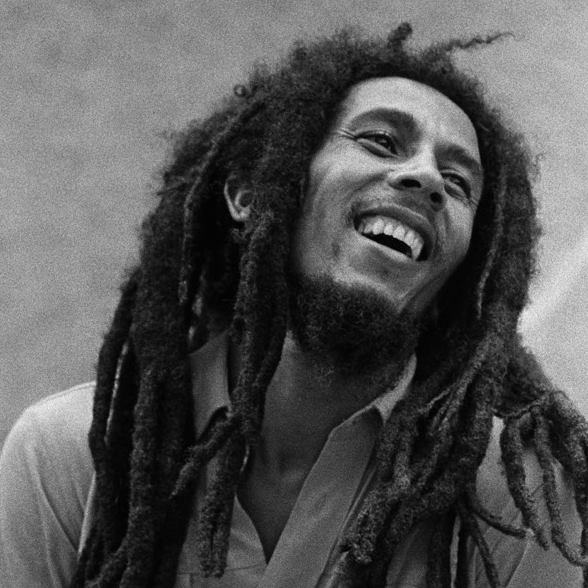
Bob Marley, real reference with dreadlocks

Nerrisa a Jamaican beauty in Dreadlocks
Dredlocks on those Indian “saints”

Ascetic hindu in dreadlocks
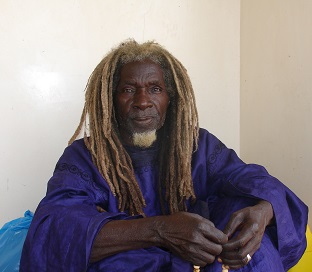
Baye Fall with dreads
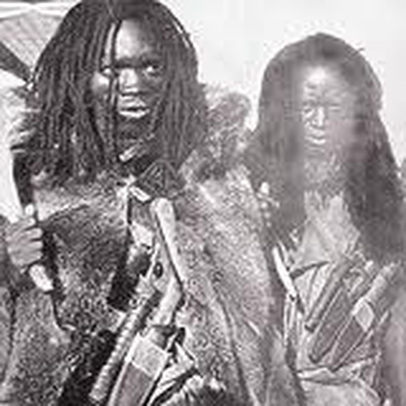
The Mau Mau Warriors in Kenya
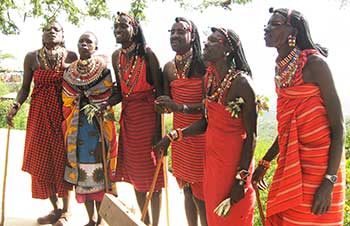
Le peuple Masaï avec des dreadlocks

|
|
Do you like this kind of hairstyle? For those who have already worn dreadlocks, have you put them following a religious belief, pride in your culture or as a fashion fashion?
